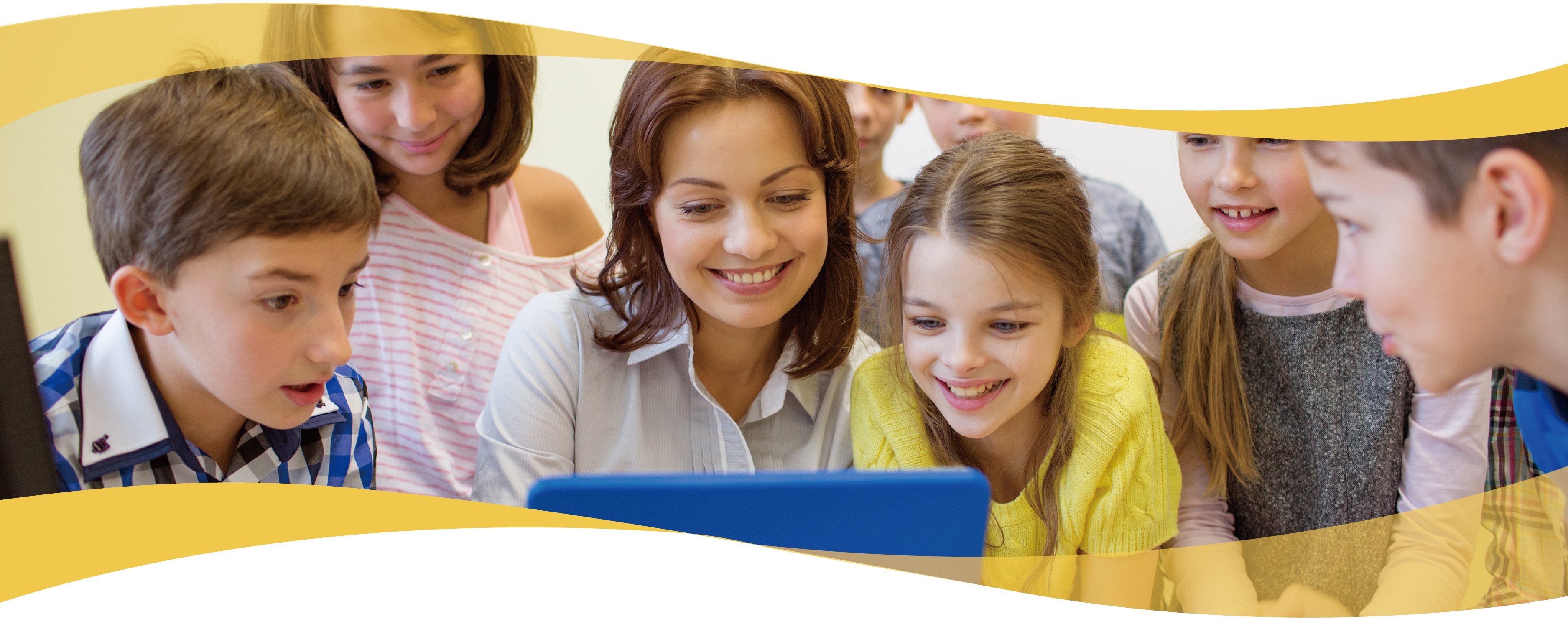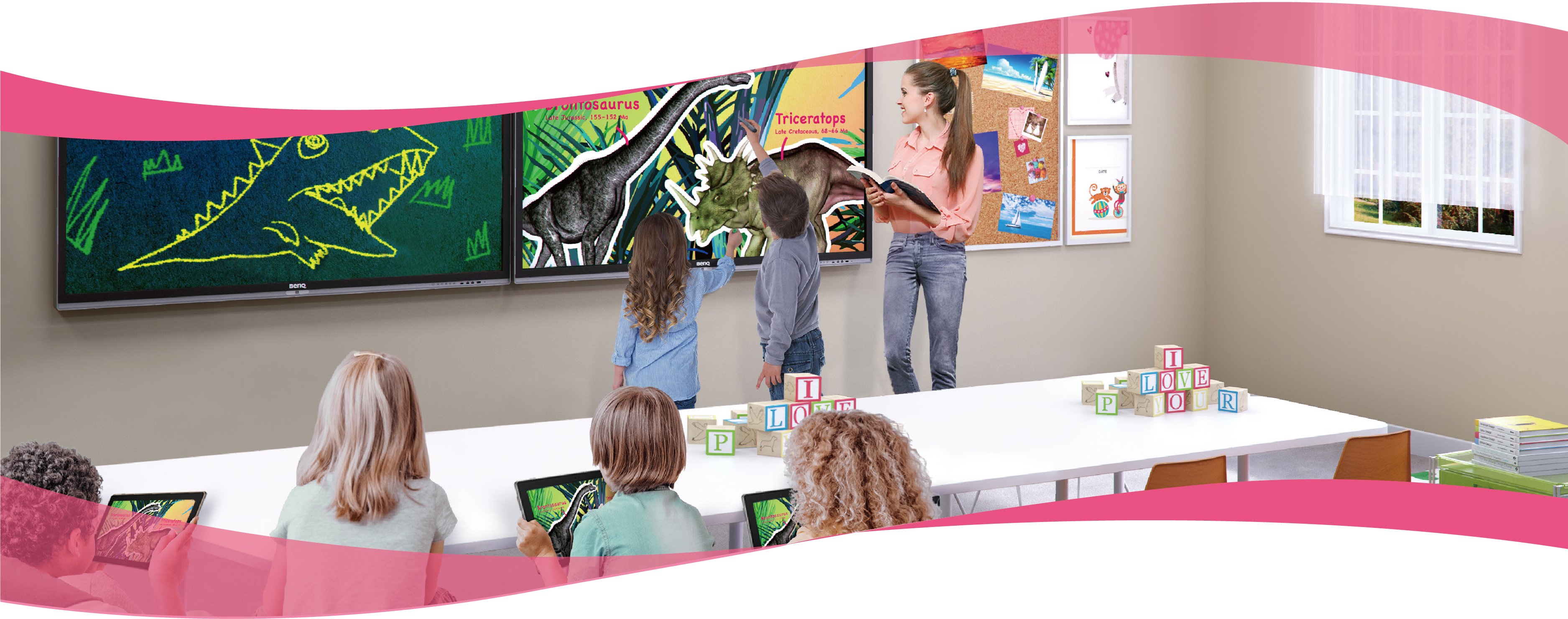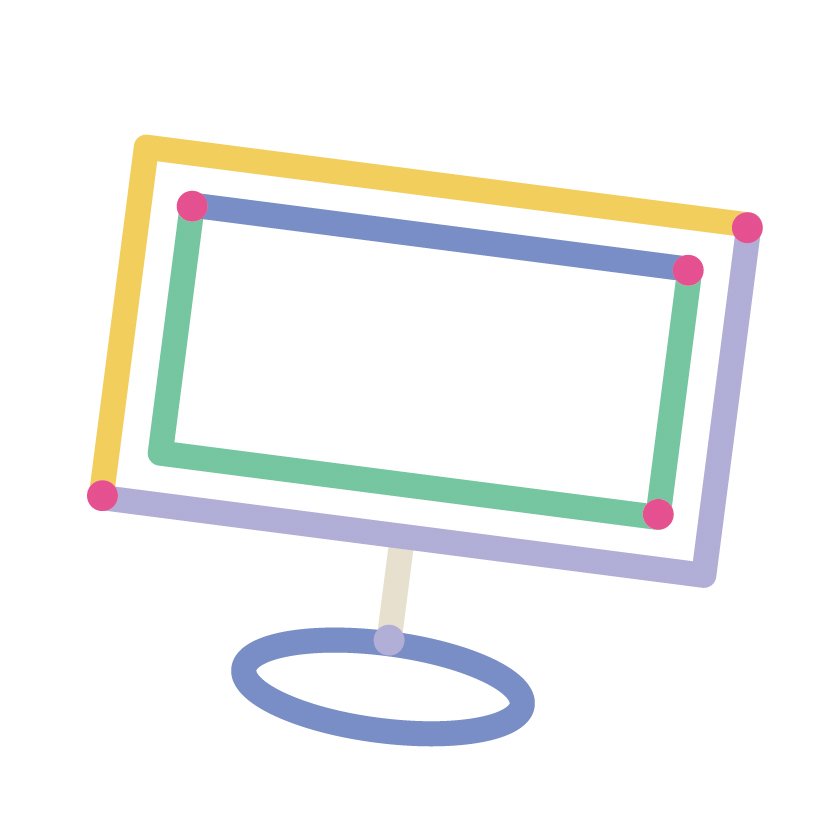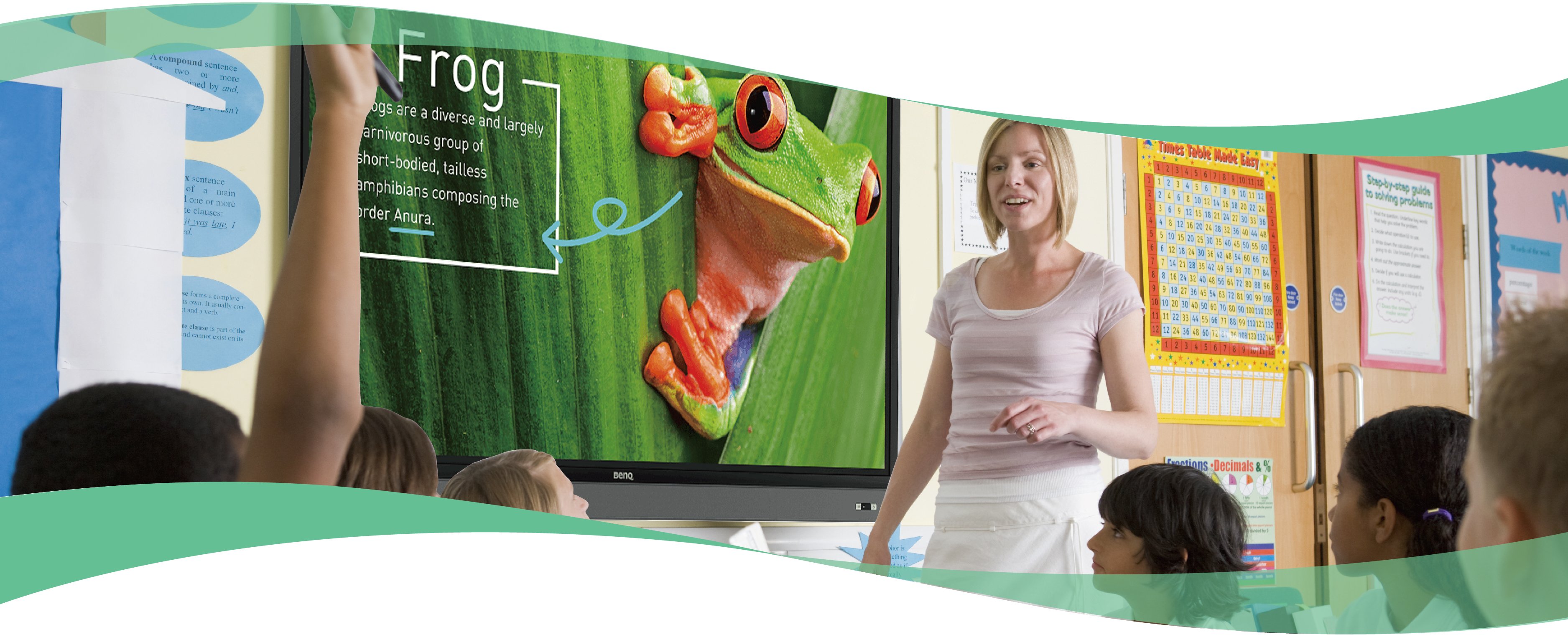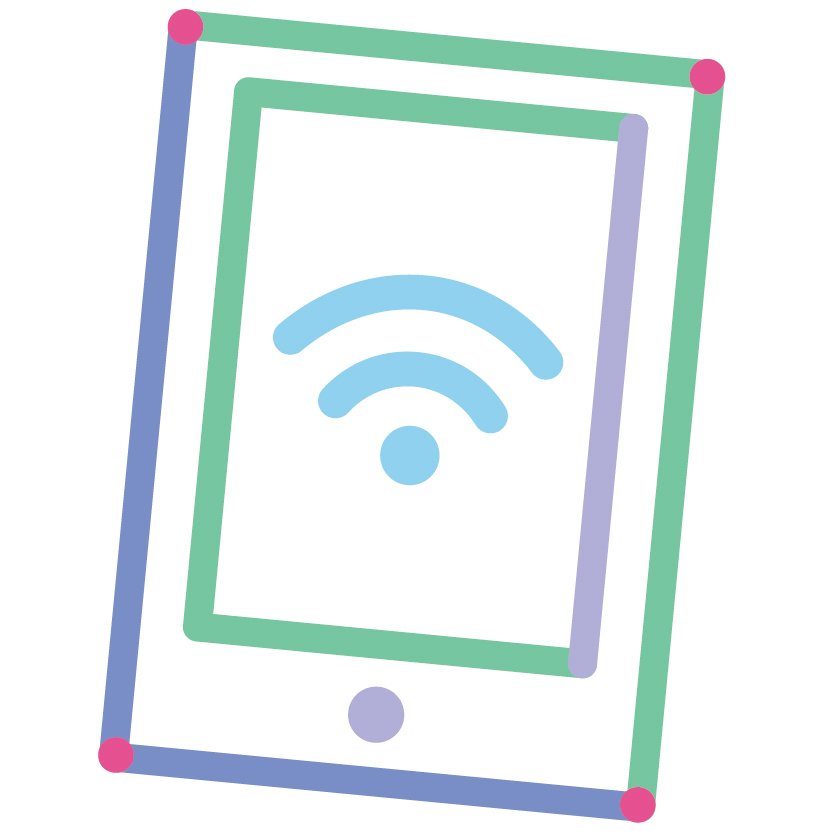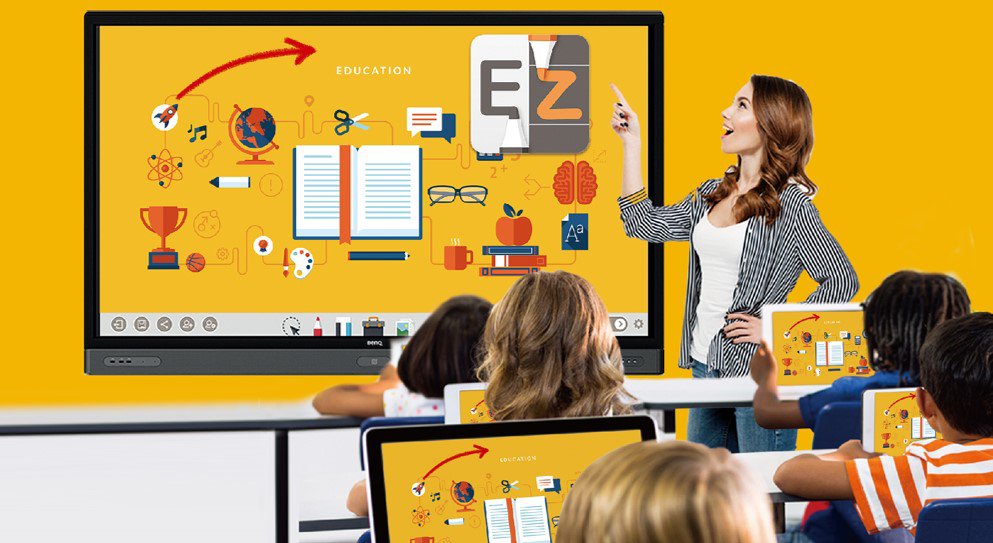Education and the Digital Transformation: Preparing Today’s Students for Tomorrow’s Problems
Educational technology advances teaching methodologies and helps students succeed with project-based learning.
The world is getting bigger. There is much more information readily accessible for students. Also, teachers and students are able to connect with more people, collaborating on assignments in ways that were never possible. Students need to be equipped with the skills necessary to collaborate, communicate, and create with distributed teams as well as to work independently on homework.

